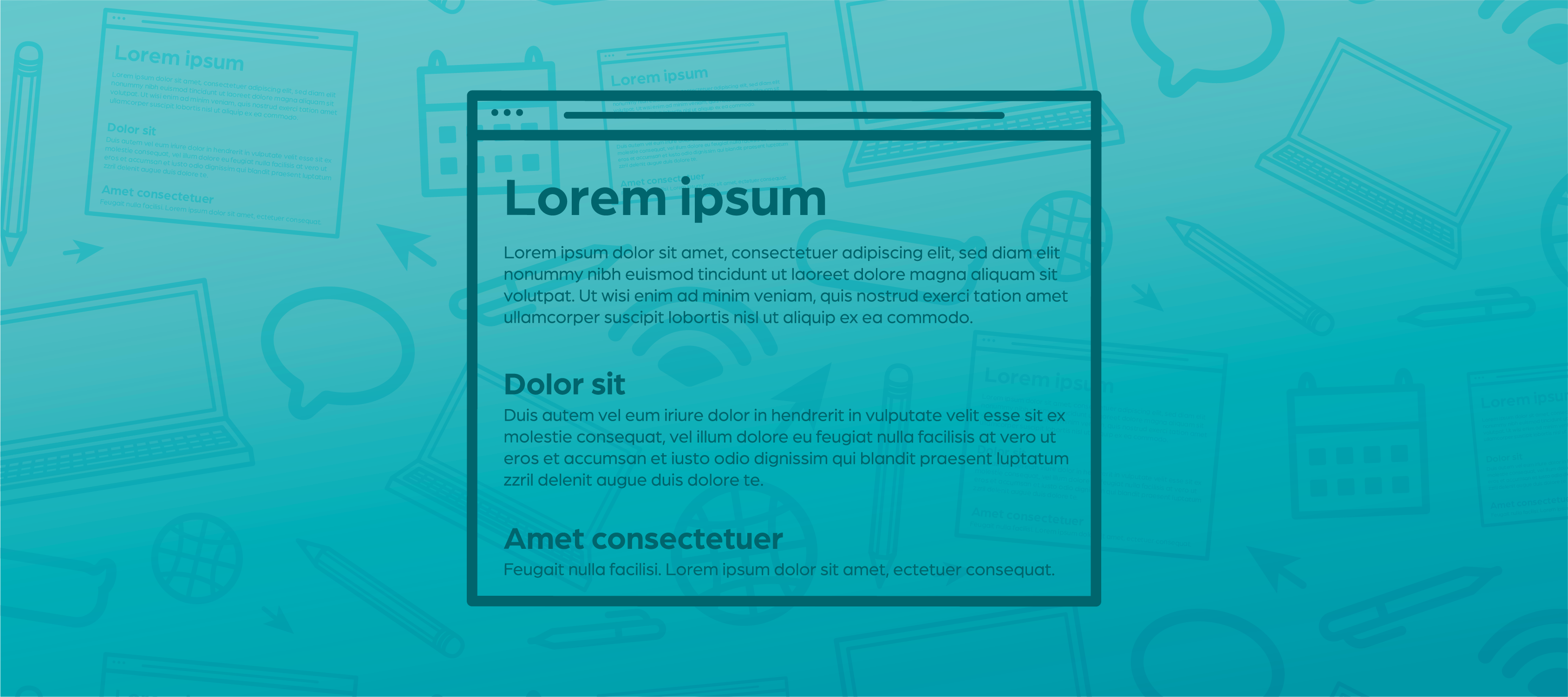If you run a website for a small business or a non-profit, a blog can be a great way to improve your site’s SEO. You can show off your expertise, show up in more people’s searches, and show customers important or helpful information. But, that’s enough about why you should blog, which we’ve already discussed. Here’s how to write a blog post.
Pick a Topic
First and foremost, your blog post needs to have a topic. Depending on your business, you blog may have an overarching theme to all posts, or it may vary a little post-to-post. Let’s say you’re running a deli and you want to give customers a series of recipes using your meats and cheeses. The majority of your posts will be about that and will probably be similarly formatted. That’s an example of the overarching theme blog. If, however, you’re running a financial consulting business, the posts on your blog will probably have different subtopics, like when to file taxes or which IRS form does what. No matter the case, you need to start with a topic so you actually have something to write about.
If you get stuck on topic ideas, here are some good places to start:
- frequently asked questions
- things customers often get wrong
- how to do something
PRO TIP: When picking a topic, pick some keywords or key phrases to use throughout your post. Picking them from the beginning can ensure you use enough of them in your blog post to actually improve your post’s SEO.
Outline Your Points
After you know what topic you’d like to write about, you need to figure out what to write. Your outline can be as vague or as detailed as you’d like it to be. Outlines are ultimately there to serve as a guide for your post. Pick the points you want to cover in your outline, and then refer back to it to make sure you cover all of those points.
Blogging is generally a type of long-form content. Most blog posts are a minimum of 300 words. Outlining can help you determine if your post will be too short, or if it would be better to break into a series of posts. Don’t let that 300-word count hold you back, though. If a customer has clicked on your blog, they’re interested in what you have to say about that topic. They’ll be willing to read long-form content if that content is helpful and easy to understand.
PRO TIP: The outlining stage is a good time to pick your section headers. Headers can help with SEO. They’re also good for keeping the post organized and making it feel manageable (more manageable than, say, a giant wall of unbroken text). Section headers can also help readers find what they’re looking for on especially long blog posts.
Write the Post
The next step is probably the most important (and most obvious) one: Write your blog post. Once you’ve decided what you will write about and how much you will write, it’s time to do the actual writing. Follow your outline to cover the points you picked out. Keep your SEO keywords and key phrases in mind. Look for connections between the post you’re writing and posts you’ve already written, and add links to those previous posts where your customers will find them helpful.
PRO TIP: Keep it simple. Use language your readers will understand and define terms they may be unfamiliar with. Add bulleted or numbered lists to keep your content easy to digest. And proofread your writing when you’re finished to check for confusing phrasing or grammatical errors.
Add a Call to Action
Blogging can be used for many purposes, but in the case of small business owners and non-profits, you’re going to want to include a call to action. Call to actions may look something like:
- Reminding readers of the services you offer that can help to solve their problems
- Informing readers about the way(s) they can contact you
- Encouraging them to buy/donate/volunteer/opt-in/etc.
Call to actions are especially important when you’re blogging as a form of content marketing. If a reader hasn’t heard of your business before and they’re just “meeting you” for the first time through your blog post, that call to action will let them know you offer more than just the post.
Ready, Set, Write!
Now that writing a blog post has been demystified, you can start one for your small business! Or, maybe you think blogs sound like a good idea but you don’t have the time to write one between all of the other important matters you’re taking care of. If you fall into that second category, don’t worry! That’s where we come in. At Bold River Marketing, we can help you create and manage an SEO-friendly website, blog included. Contact us for more information about this and our other services.

